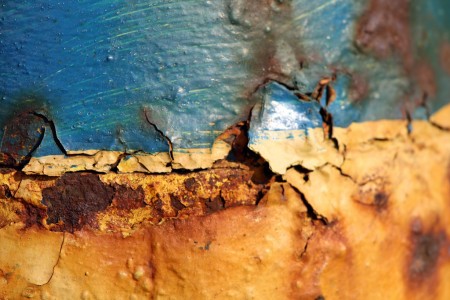John Walker, the founder of Autodesk, has written an interesting guide on health and weight loss, which is available for free online: The Hacker’s Diet.
Basically, the book focuses on the fundamental mathematical issues associated with weight loss and gain, and describes some useful techniques for transitioning to a lower weight. In particular, the moving average approach to measurement described seems quite valuable, insofar as it helps to separate the ‘signal’ of actual weight from the ‘noise’ of variation in things like water retention. The moving average generates a trend line that seems like it should provide more meaningful guidance than a scatterplot of individual data points, or even a simple curve fit to them.
The book also describes a 15-minute health regimen that ramps up in difficulty and is intended to serve as a minimum level of exercise for life.
The book is quite an unusual one, as health books go. For instance, it endorses frozen microwave dinners as a convenient way to get a predetermined number of calories. It also insists that exercise is not a critical weight loss strategy, and that some degree of suffering inevitably accompanies efforts to move closer to one’s ideal healthy weight. While I am sure people could take exception to this approach, it is good to have variety out there, and encouraging that tools are being created for the ever-larger number of people worldwide that are overweight or obese, and likely to suffer significant health risks as a consequence. Those who don’t want to mess around with Walker’s custom Excel files can use a web-based version of Walker’s approach at PhysicsDiet.com




